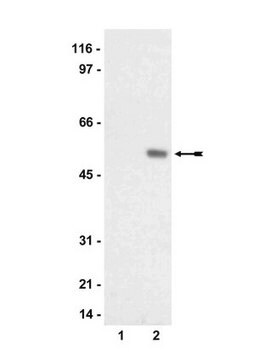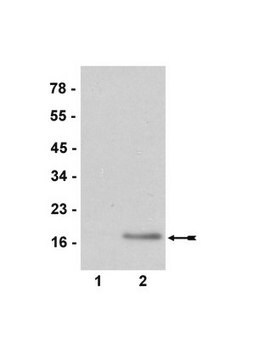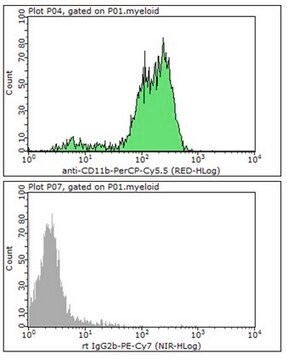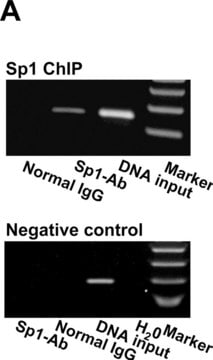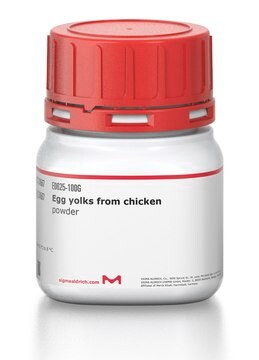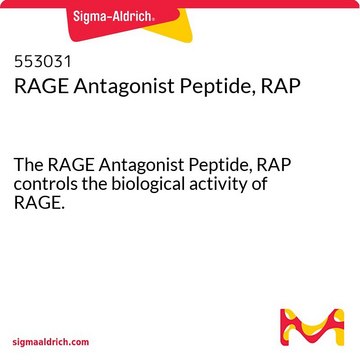Description générale
Tyrosine-protein kinase receptor UFO (EC 2.7.10.1; UniProt P30530; also known as AXL oncogene) is encoded by the AXL (also known as UFO) gene (Gene ID 558) in human. AXL/UFO, MERTK, and TYRO3 constitute the TAM family single transmembrane receptor tyrosine kinases (RTKs) similar overall domain structure, including two extracellular C2-type Ig-like domains (human AXL a.a. 27-128 & 139-222) and two type-III fibronectin domains (human AXL a.a. 227-331 & 336-428), as well as a conserved intracellular kinase domain (human AXL a.a. 536-807) with a unique KWIAIES sequence (human AXL a.a. 714-720). The activation of TAM RTKs involves lipid phosphatidylserine (PtdSer) and γ-carboxylated proteins that interact simultaneously with TAM RTKs N-terminal region (human AXL a.a. 26-92) via their C-terminal domain and PtdSer with their N-terminus, effectively acting as "bridging ligands". Growth arrest-specific protein 6 (GAS6) and vitamin K-dependent protein S (PROS1) are the first two characterized ligands, with GAS6 targeting all three TAM RTKs and PROS1 binding only to MERTK and TYRO3. PtdSer is generally made available for TAM RTKs activation when externalized on apoptotic cell membranes, aggregating platelets, exosomes and invading virus envelopes. Additional tissue- and receptor-specific TAM RTK ligands have been identified. Unlike MERTK and TYRO3, AXL homodimerization and near-complete activation can be achieved via a 2:2 stoichiometric interaction with GAS6 without PtdSer-presenting membranes. TAM RTKs collaboratively stabilize clot formation upon their activation by PtdSer on the surface of aggregating platelets. TAM RTKs are aberrantly expressed and activated in virtually every type of cancer, where their functions in terminating innate immune-mediated inflammation and natural killer (NK) cell responses help promote cancer survival.
Spécificité
This rabbit polyclonal antibody targets cytoplasmic C-terminal end region present in both spliced isoforms of human AXL (UFO) reported by UniProt (P30530). This antibody will not detect internalized portion, but not the extracellular portion of the receptor following its cleavage by ADAM10.
Immunogène
Epitope: C-terminus
GST-tagged human AXL (UFO) C-terminal end fragment lacking most of the kinase domain sequence.
Application
Anti-AXL (UFO), Cat. No. ABN897, is a highly specific rabbit polyclonal antibody that targets receptor tyrosine kinase AXL (UFO) and has been tested in Immunocytochemistry and Western Blotting.
Immunocytochemistry Analysis: A 1:250 dilution from a representative lot detected AXL (UFO) in HeLa cells.
Research Category
Neuroscience
Qualité
Evaluated by Western Blotting in HeLa cell lysate.
Western Blotting Analysis: A 1:1,000 dilution of this antibody detected AXL (UFO) in 10 µg of HeLa cell lysate.
Description de la cible
~140 kDa observed. Target band size appears larger than the calculated molecular weights of 98.34/95.47 kDa (pro-/mature isoform Long) and 97.38/94.51 kDa (pro-/mature isoform Short) due to glycosylation. Uncharacterized bands may be observed in some lysate(s).
Forme physique
Affinity purified.
Purified rabbit polyclonal antibody in buffer containing 0.1 M Tris-Glycine (pH 7.4), 150 mM NaCl with 0.05% sodium azide.
Stockage et stabilité
Stable for 1 year at 2-8°C from date of receipt.
Autres remarques
Concentration: Please refer to lot specific datasheet.
Clause de non-responsabilité
Unless otherwise stated in our catalog or other company documentation accompanying the product(s), our products are intended for research use only and are not to be used for any other purpose, which includes but is not limited to, unauthorized commercial uses, in vitro diagnostic uses, ex vivo or in vivo therapeutic uses or any type of consumption or application to humans or animals.
